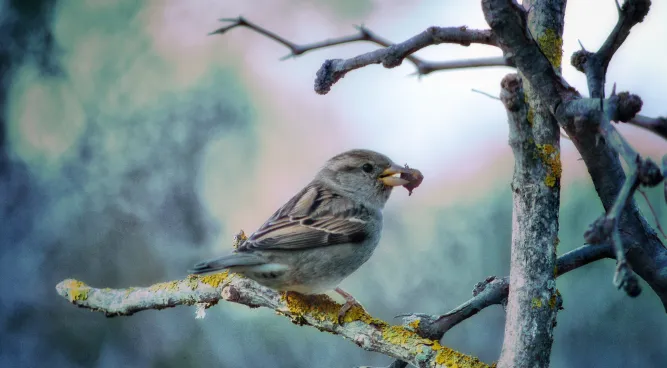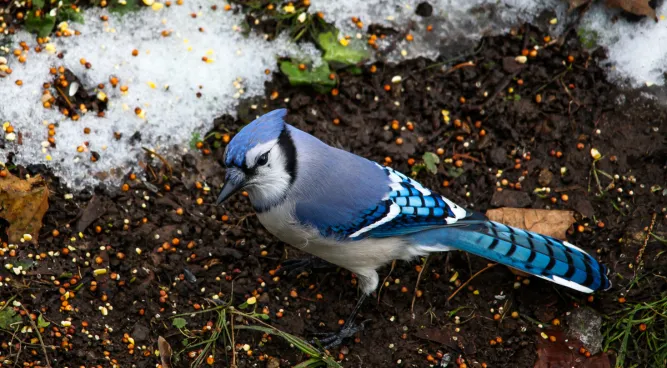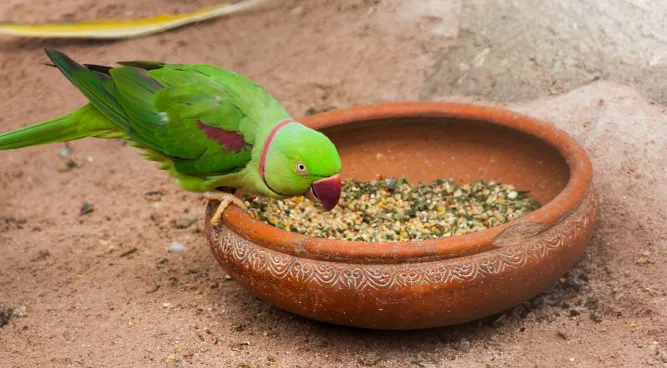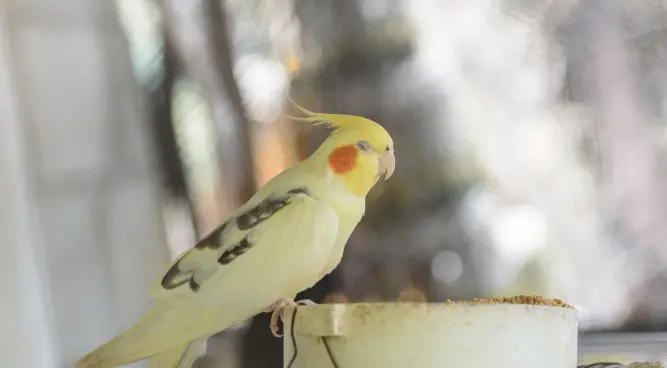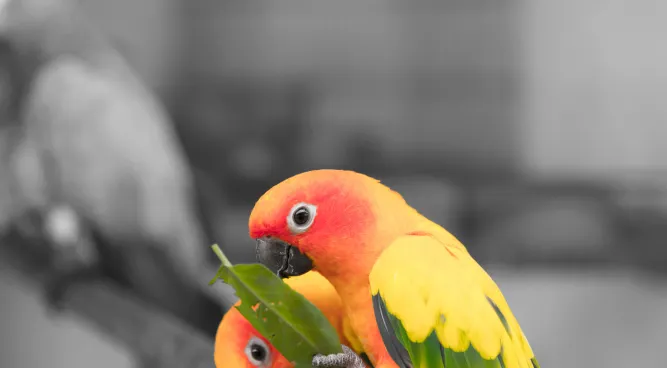How Long Can Birds Go Without Food? The Surprising Truth Revealed

Table of Contents
Introduction
Discover the remarkable resilience of How Long Can Birds Go Without Food? Explore the factors that influence their endurance, adaptations for prolonged fasting, and the limits of their survival. Imagine an international without meals, a place where sustenance is scarce and survival is a consistent struggle. While we people depend upon everyday meals to maintain our bodies nourished, the animal nation offers us surprising examples of resilience and adaptability. Birds, explicitly, are well-known for their functionality to undergo brutal instances and triumph over the inquiring for instances of monitoring down meals. Be that as it may, exactly how long can birds cross without dinner? Go in conjunction with us as we set out on an interesting tour to uncover the remarkable reality of avian fasting and the mysteries in the back of their step with the aid of-step approaches for survival. Get more information about Pet Food.
The Resilient World of Avian Survival
Fasting as a Survival Strategy
In How Long Can Birds Go Without Food, Birds have developed incredible mechanisms to cope with periods of food scarcity. Fasting is one such strategy that enables them to conserve energy and survive during challenging times. When food becomes scarce, birds enter a state of physiological adjustment, shifting their metabolic rate and utilizing stored energy reserves. By slowing down their metabolism, they can stretch their limited resources for extended periods.
Factors Influencing Avian Fasting Endurance
Several factors influence how long birds can survive without food. These include species-specific traits, size, body condition, environmental conditions, and the availability of alternative resources. Smaller bird species generally have faster metabolic rates and lower energy stores, making them more vulnerable during food shortages. Additionally, the quality and quantity of food reserves, such as fat deposits, play a vital role in determining fasting endurance.
Adaptations for Prolonged Fasting
Birds have evolved remarkable adaptations to support their ability to endure prolonged periods without food. These variations make certain that our bodies can effectively make use of energy reserves, preserve water, and hold important physiological capabilities throughout fasting. Some of those diversifications consist of reduced frame temperature, reduced bodily pastime, changes in intestine characteristics, and expanded performance in power utilization. (How Long Can Birds Go Without Food)

Energy Conservation Techniques
During fasting, birds employ various energy conservation techniques to make the most of their limited resources. They minimize unnecessary movement, reduce their body temperature, and even enter torpor—a state of controlled hypothermia—to significantly lower their energy requirements. By employing these techniques, birds can extend their fasting endurance, sometimes for weeks or even months.
Water Conservation Strategies
Water is important for all living organisms, and birds are not an exception. However, at some point intervals of food scarcity, getting water admission might also grow to be limited. To counter this challenge, birds have evolved remarkable water conservation strategies. They produce concentrated urine, reabsorb water from their feces, and may even enter a state of temporary dehydration to preserve vital bodily fluids.
Species-Specific Fasting Adaptations
In How Long Can Birds Go Without Food, Different chicken species have specific diversifications that allow them to live under particular situations. Some barren region-dwelling birds have specialized kidneys that extract water greater efficiently, while seabirds possess salt glands to excrete excess salt from their bodies. These species-specific adaptations allow birds to thrive in habitats where food availability fluctuates drastically.
Extreme Examples of Avian Fasting
Certain bird species have pushed the boundaries of avian fasting to extraordinary limits. The Arctic Tern, renowned for its long migrations, can endure up to three months without food during its journey from the Arctic to the Antarctic. The Albatross, too, embarks on extended foraging trips and can last for weeks while covering thousands of kilometers across the vast ocean. (How Long Can Birds Go Without Food)
The Breaking Point: Limits of Avian Survival
While birds possess incredible fasting endurance, every organism has its limits. Extended periods without food can take a toll on their health and survival prospects. Prolonged fasting weakens the immune system, reduces reproductive capabilities, and increases vulnerability to predation and other environmental threats. Therefore, even the most resilient bird species must eventually find sustenance to ensure their long-term survival.
Recovery and Feeding After Fasting
Once birds break their fast, they must carefully replenish their energy reserves. They do so by consuming food in larger quantities and selecting high-energy sources. For migratory birds, it is crucial to find suitable feeding grounds to restore their strength and prepare for the next leg of their journey.

The Human Impact on Avian Fasting
Human sports, including habitat destruction, pollutants, weather alternate, and deforestation, pose substantial challenges to bird populations. These disturbances disrupt the sensitive balance of food availability, making it harder and harder for birds to discover sustenance. Understanding the effect of our movements is vital in maintaining avian ecosystems and making sure the survival of those exquisite creatures.
mesmerizing world of birds
In the mesmerizing world of birds, fasting is an exceptional survival strategy honed over millions of years. The ability to endure prolonged periods without food showcases their remarkable adaptations and resilience. From conserving energy to minimizing water loss, birds have evolved a suite of strategies to navigate the challenges of scarcity. However, it’s miles critical for us to understand the delicate stability between their fasting competencies and the destructive outcomes they face when food will become scarce for too long. By appreciating and protecting the ecosystems that assist avian lifestyles, we can assist ensure the ongoing existence of these great creatures. A Fantastic read about fresh pet dog food reviews.
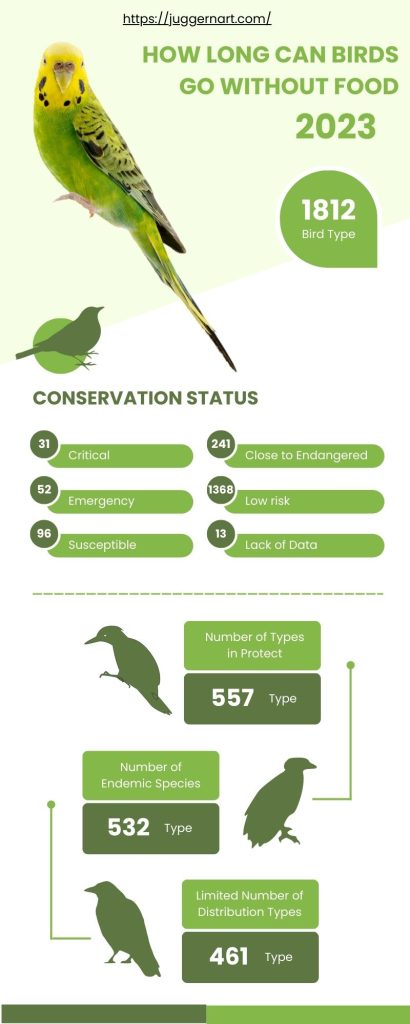
FAQs About How Long Can Birds Go Without Food
FAQ 1: Can All Bird Species Go Without Food For Extended Periods?
While most bird species have some level of fasting endurance, the ability to survive extended periods without food varies among species. Smaller bird species with higher metabolic rates and lower energy stores are generally less equipped for prolonged fasting compared to larger birds.
FAQ 2: Do Birds Drink Water During Fasting Periods?
Access to water is essential for birds, even during fasting periods. However, birds have evolved various water conservation strategies to manage limited water resources. These include producing concentrated urine, reabsorbing water from feces, and temporarily dehydrating themselves to preserve bodily fluids.
FAQ 3: How Long Can Migratory Birds Go Without Food During Their Journeys?
Migratory birds undertake incredible journeys, often covering thousands of kilometers. Some species, just like the Arctic Tern, can endure up to three months without food in the course of their lengthy migrations. These birds depend upon stored strength reserves to preserve them until they reach their vacation spot.
FAQ 4: What Are The Consequences Of Prolonged Fasting For Birds?
While birds possess remarkable fasting endurance, prolonged fasting can have adverse effects on their health and survival prospects. It weakens the immune system, reduces reproductive capabilities, and increases vulnerability to predation and other environmental threats.
FAQ 5: How Do Birds Recover After Fasting?
Once birds break their fast, they must replenish their energy reserves. They achieve this by consuming food in larger quantities and selecting high-energy sources. Migratory birds, in particular, need to find suitable feeding grounds to restore their strength and prepare for the next phase of their journey.
Table: How Long Can Birds Go Without Food
| Bird Species | Fasting Endurance | Notable Adaptations |
| Arctic Tern | Up to 3 months | Efficient energy utilization, long migrations |
| Albatross | Weeks | Salt glands for excess salt excretion |
| Hummingbird | A few hours to a day | Torpor, high metabolic rate |
| Emperor Penguin | Several weeks | Insulated body, decreased activity |
| Frigatebird | Weeks | Efficient energy utilization, ability to soar for long periods |
| Bar-headed Goose | Several days to a week | Enhanced lung capacity, efficient oxygen utilization |
| Red Knot | Weeks to months | High body fat reserves, efficient energy utilization |
| Common Swift | Several weeks | Reduced physical activity, energy conservation |
| Wandering Albatross | Weeks to months | Wingspan for efficient gliding, salt glands |

